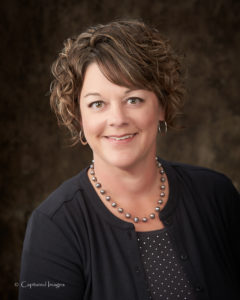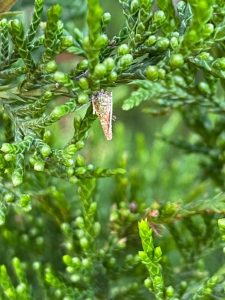
By Clara Wicoff
Southwind Extension District
Canning season is in full swing, which makes it the perfect time to review tips for safe home canning! According to the CDC, home canned vegetables are the top cause of botulism outbreaks. Botulism can be fatal, so it is essential to follow these tips from the K-State Research and Extension Rapid Response Center to ensure the safety of all who consume your home canned food! If you fail to follow these tips, you will be playing a dangerous game of food safety roulette.
First, it is of the utmost importance to use reliable, tested recipes from sources such as K-State Research and Extension, the National Center for Home Food Preservation, and the USDA Complete Guide to Home Canning. Using recipes from untested sources (such as internet websites, social media, and even old recipes from family members) can lead to a high risk of foodborne illness. Safe home canning starts with a reliable recipe which has been tested for safety.
Next, be sure to use the proper processing equipment. Only use a pressure canner for low-acid foods like vegetables, vegetable mixtures, red meats, wild game meats, poultry, seafood, and fish. High-acid foods (like fruits, sweet spreads, pickled products, tomatoes, salsa, and some tomato products) can be canned in a water bath canner.
When it comes to tomatoes, note that they are on the borderline between a low-acid and a high-acid food. Therefore, they must be acidified before being processed through either boiling water or pressure canning. To see specific acidification recommendations, visit bit.ly/AcidifyTomatoes.
You should also adjust for altitude. Failing to do this can cause your food to be underprocessed, which creates a risk of botulism. Recipes from reliable resources are often written for those processing at altitudes below 1,000 feet. Be aware of the altitude where you are processing food and what adjustments need to be made.
Other tips include ensuring you have adequate headspace in jars; not canning in an oven, dishwasher, or electric pressure cooker; following the proper processing time from tested recipes; only using common self-sealing lids once; and never modifying tested recipes to add any other ingredient.
Following these tips may just save your life! For more information, please contact Clara Wicoff, Nutrition, Food and Health Extension Agent, at [email protected] or 620-365-2242.







